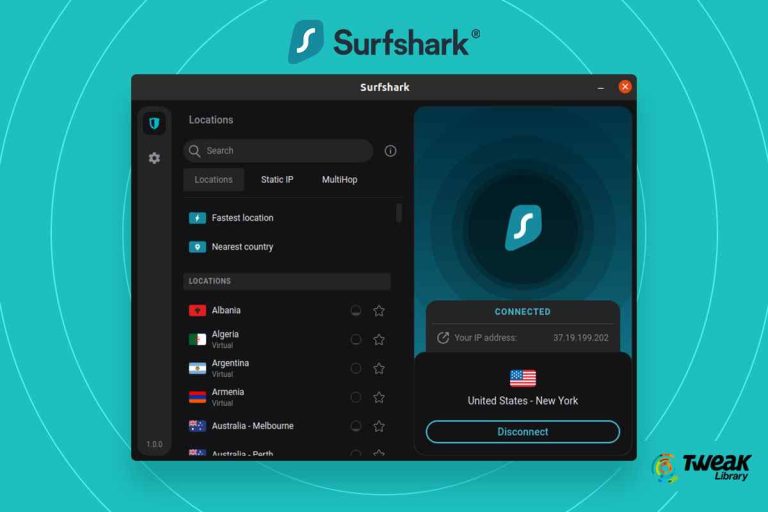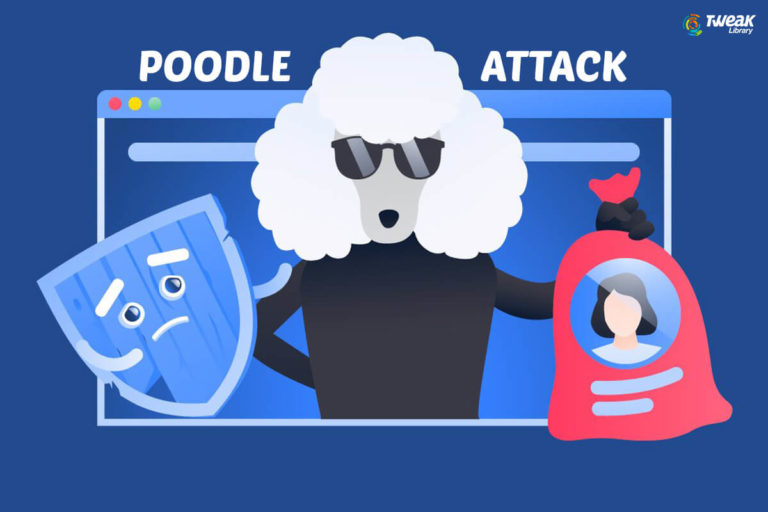Maintaining cyber security is a game of constant catching up and slightest of delay in the same can wreak havoc. Organizations spend millions to secure their online networks but they often underrate web application security. This isn’t right, as today most security breaches take place due to Web application vulnerabilities.
Most organizations and individuals fail to understand the warning messages or ignore security threats that exist in Web applications.
It isn’t difficult to understand the vulnerabilities, to make things clear we are taking an example of a website login page.

This will help you evaluate and see what hackers do.
Cross Site Scripting (XSS): This is a computer security vulnerability found typically in Web applications. It allows attackers to execute malicious scripts into a legitimate site or application. This is done by injecting Javascript lines into the web page. If not handled in timely manner hackers can easily submit a malicious code as a user’s comment.
Also Read: Cross Site Scripting: Let It Not Snoop Over Your Browser
Session Hijacking: Generally, each user is assigned a session time when they login to a website. When Hackers exploit this genuine time to gain unauthorized access and collect personal information or services in a computer system it is session hijacking. It is also known as cookie hijacking.
Parameter Manipulation: When hacker uses transmitted data for his personal gain.
Buffer Overflow: Buffer is a small space allotted to save data when it is overloaded, the extra data is overwritten in other areas. Hackers exploit this vulnerability and overwrite data with malicious code.
Denial of Service: When a site responds slowly to the information request or shuts down completely due to overloaded requests Denial of Service attack takes place. It is simple yet very effective.
SQL Injection: SQL injection is like XSS attack, the only difference is instead of using Javascript hackers, insert malicious SQL statements into the site. These codes are designed to manipulate database in different ways either to steal sensitive information or to delete it.
Also Read: 5 Security Threats You Need To Be Aware Of
How to Avoid These Threats?
Avoiding these threats is surely not easy but it is not impossible either. The first and foremost thing is to stop underestimating the importance of Web application security. Our easy going attitude is what puts our data and user’s data at stake. Using security services is an easy way out but it will only work if we are serious about the security.
Security services work in conjunction with our behavior, if we underrate the risk of being attacked then why would any security service take it seriously. Considering vulnerabilities found in web application of least importance is the biggest mistake. To avoid threats from attacking you keep a check on online activities especially while making financial transaction or entering your username or password.
Hackers keep an eye on such sites and won’t miss a chance to exploit any vulnerability detected. Avoid enabling Javascript and flash player plugins where not necessary. They are the biggest threat because hackers them more often.
Hope you will take Web application security seriously after knowing how hackers can attack it. After gaining the information battle is only half won to be the winner you need to implement security and take correctional steps to avoid being a victim.
Next Read: All About Satori Botnet






Leave a Reply